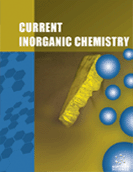Abstract
Graphene (G) and Graphene oxide (GO) are nontoxic and inexpensive two dimensional (2D) materials, which are stable at room temperature. Since the discovery of their electronic, optical, mechanical, thermal and chemical nature, G and GO have been adopted for numerous fascinating applications. In this review we discuss the possibility of employing G/GO as solid electrolyte/proton conductors, ferromagnets, electrodes or electron mediators in enzyme biosensors and as an ingredient of hybrid photocatalysts for water splitting. Both the pure form of G/GO and their selective hybrids and derivatives have been considered for discussion in each section. Nowadays, it is difficult to classify G or GO related researches separately. In most cases the functionality and application of G are necessarily associated with GO synthesis, its modification and subsequent reduction to G. However, the reduction of GO to G or reduced graphene oxide (rGO) is the source of various defects, holes, imperfections, semi hydrogenation state and band gap. All these influences affect most of the properties and utility of G/GO. Therefore, in this review we attempt to discuss functions with respect to both G and GO.
Keywords: Activation energy, band gap, biosensor, edge state, ferromagnetism, glucose oxidase, graphene, graphene oxide, photocatalyst and water splitting, proton conductor, reduced graphene oxide.
 27
27


